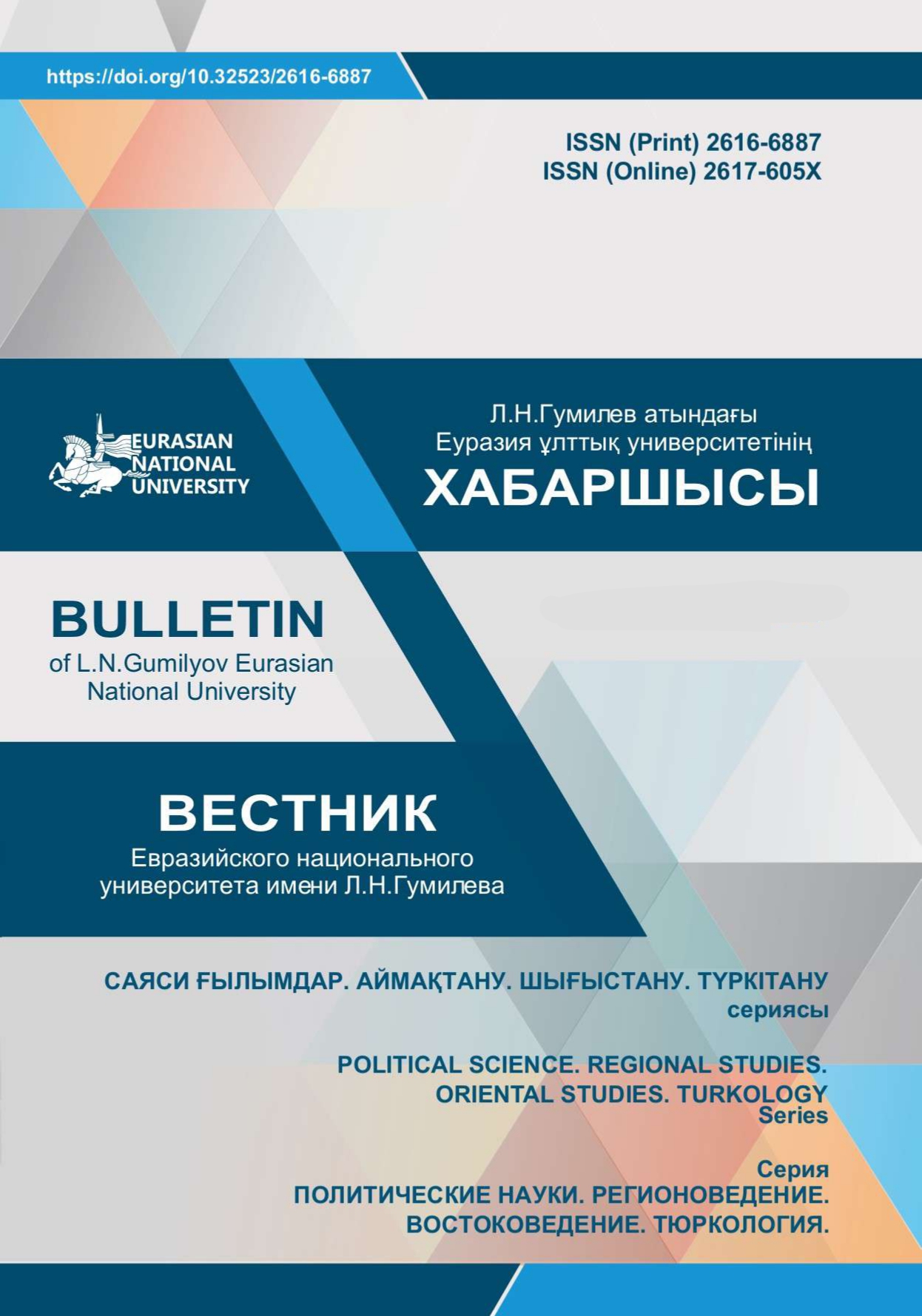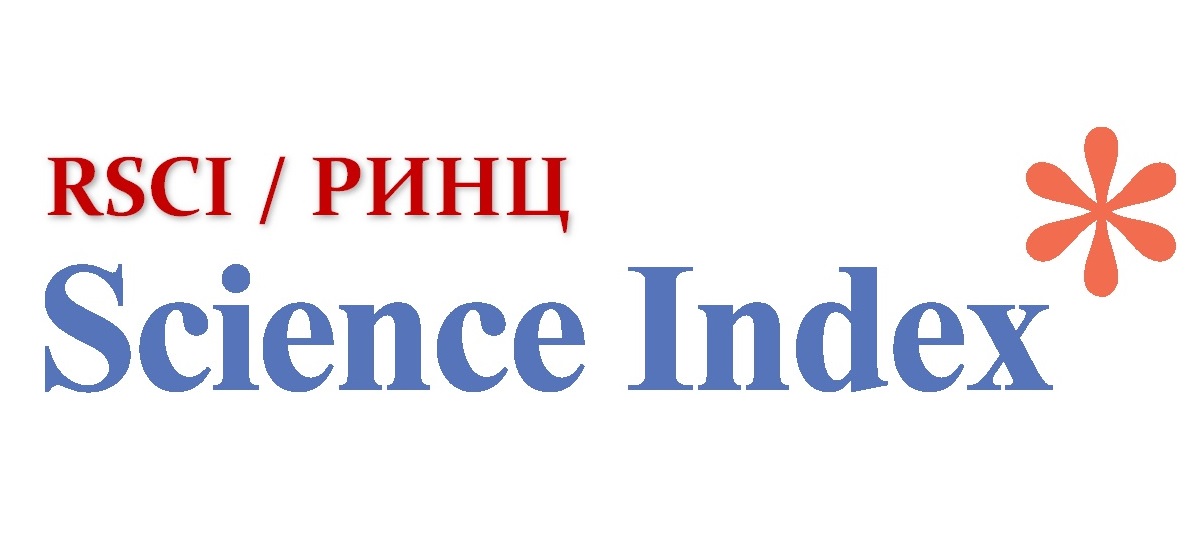Lexical and semantic features of the written monuments in the Mamluk-Kipchak language (13-15th centuries)
Views: 114 / PDF downloads: 90
Keywords:
Mamluk-Kipchak language, Arabic language, medieval manuscripts, theological works, vocabulary, semantics, мamluks, Arabic-Kipchak dictionaries, cultural heritage, Turkic world.Abstract
The article provides a comprehensive analysis of the Arabic-Kipchak dictionaries
written during the Mamluks and linguistic materials preserved in the monument «Irshadulmuluk uas-salatin», one of the largest works in the Mamluk-Kipchak language. In addition, the
level of study of monuments is determined, and a structural and substantive description of the
manuscripts are given. For determining the lexical and semantic features of medieval manuscripts
written in the Mamluk-Kipchak language, semantic units in written monuments of the 13-15th
centuries, such as «Tarzhuman», «Ad-Durra», «Al-Kawanin», «Irshadul-muluk uas-salatin»
were divided into thematic groups. A comparative analysis of the linguistic signs preserved in the
exhibits is carried out, and lexical-semantic features of works are revealed.
If somebody wants to know and understand his or her nation, it is necessary for everybody to
know what kind of people it interacted with in the past, what culture it contacted and what
contribution it made to the world civilization. Therefore, today it is necessary to revive the peoples’
spiritual values and study the nation history. Written monuments and documents of historical
significance in the Turkic peoples’ cultural heritage, stored in foreign libraries and archives,
have not been comprehensively studied yet. A comprehensive study of the linguistic materials in
these inscriptions makes it possible to reveal the features of the Turkic-Arab historical, political,
military, economic, cultural, linguistic and religious ties.
Downloads
Published
How to Cite
Issue
Section
License

This work is licensed under a Creative Commons Attribution-NonCommercial-NoDerivatives 4.0 International License.







